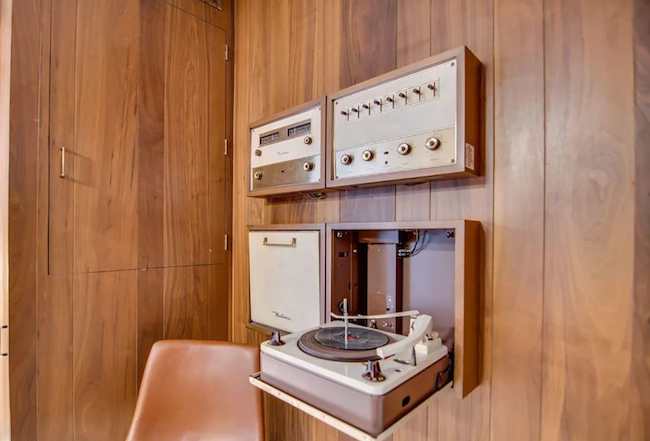

We may earn revenue from the products available on this page and participate in affiliate programs. Learn More ›
Home Advice You Can Trust
Tips, tricks & ideas for a better home and yard, delivered to your inbox daily.
By signing up you agree to our Terms of Service and Privacy Policy.
Lest Ye Forget
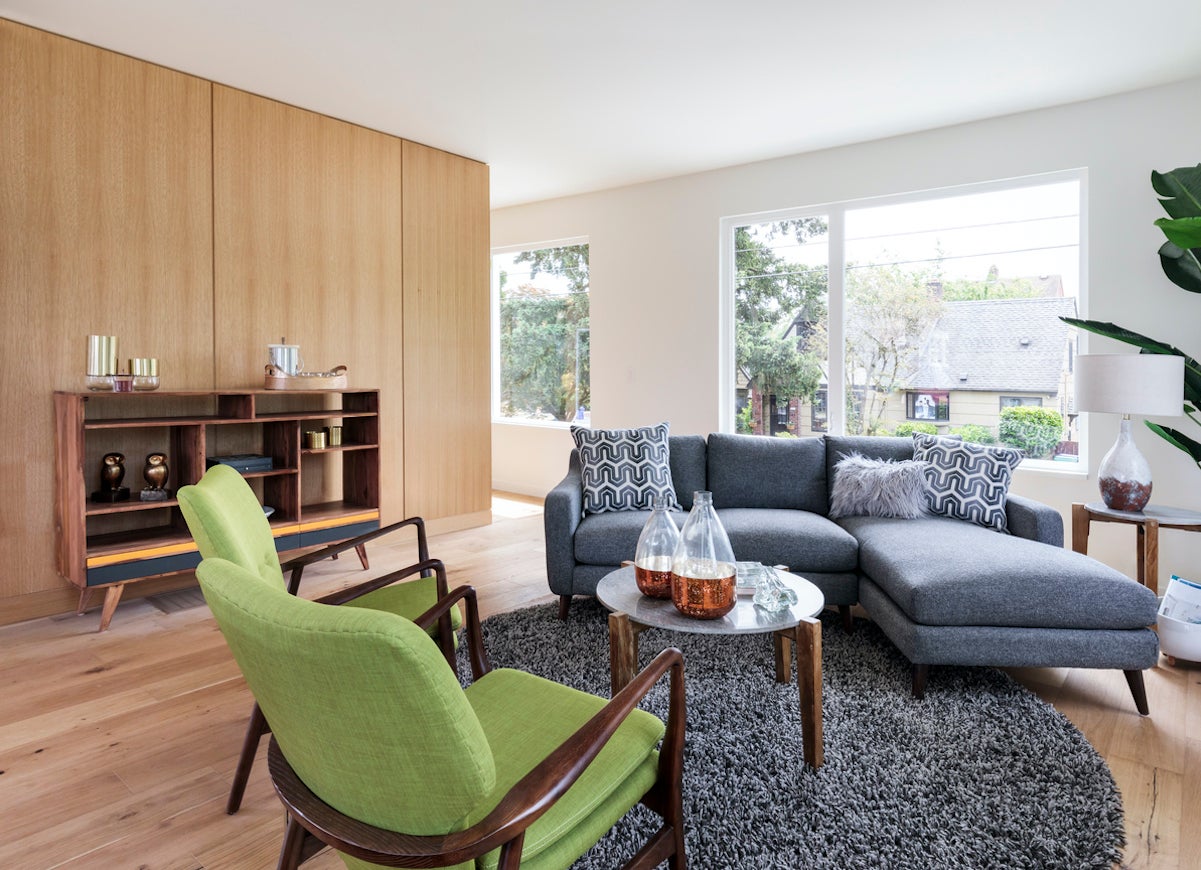
Looking back on decades of interior design, it’s possible to feel inspired, and also a tad bemused. Beanbag chairs in the den (well, they are comfortable) and pastel pink toilets—what were they thinking? We’ve gathered some of the best (and worst) forgotten trends from years past to illustrate both the importance of imagination in home decor and the value of exercising caution in the face of novelty.
Conversation Pits
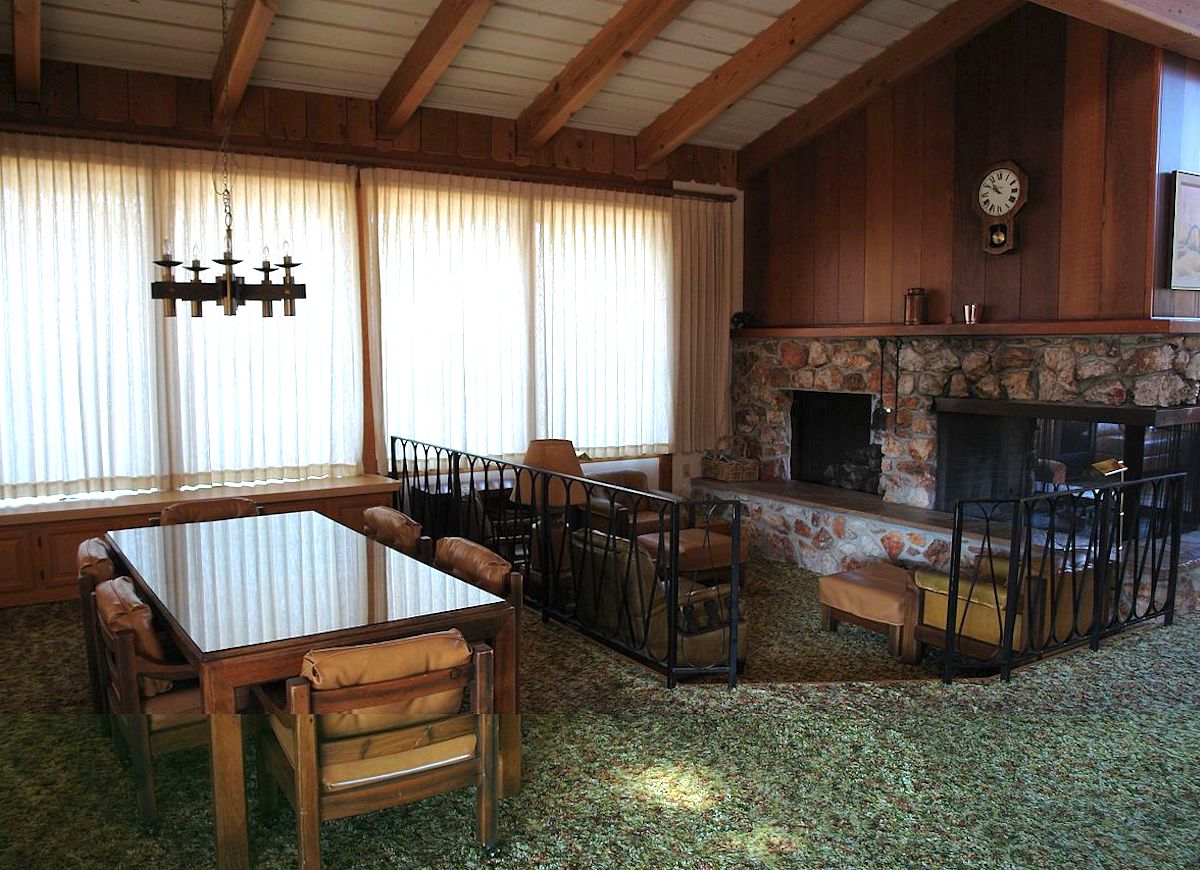
Wikimedia Commons via Justin Hall
Sunken living rooms, which made their big-time debut in 1952, had a brief but glorious 15 minutes of fame before fading into ignominy in the 1970s. But the concept of a recessed conversation area is a good one, as long as nobody loses their footing when heading down to the couch. Not only does a conversation pit provide a cozy spot dedicated to human interaction, but the unusual seating arrangement itself is a conversation starter!
Circular Couches
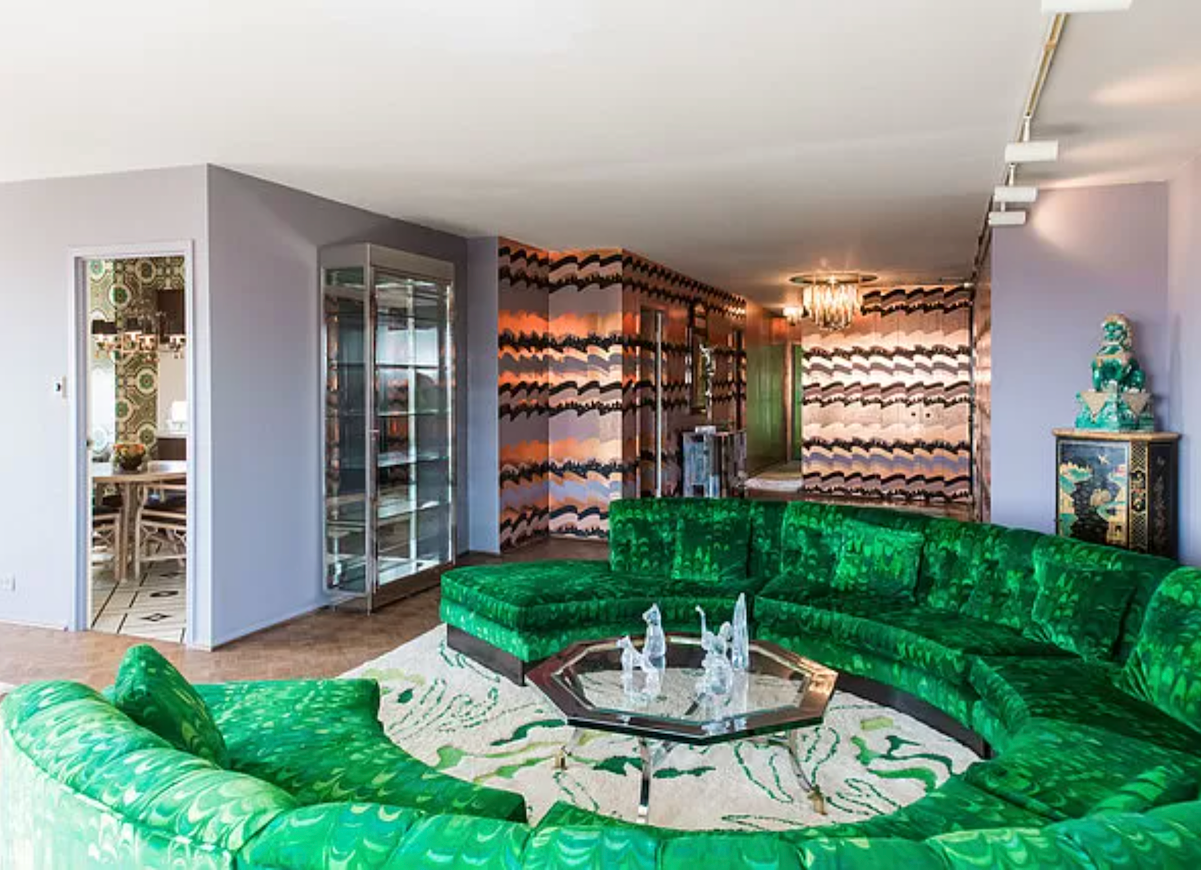
Taking risks with shapes is one of the hallmarks of retro style. This playful trend was particularly evident in the curvaceous, at times even circular, sofas of yesteryear. While the traditional rectangular couch is much more common these days, shapely designs like Vladimir Kagan’s iconic 1950s Serpentine sofa have never fully disappeared from the living room landscape. In fact, following Kagan’s death in 2016, these velvet-covered centerpieces have been making a comeback.
Built-in Planters
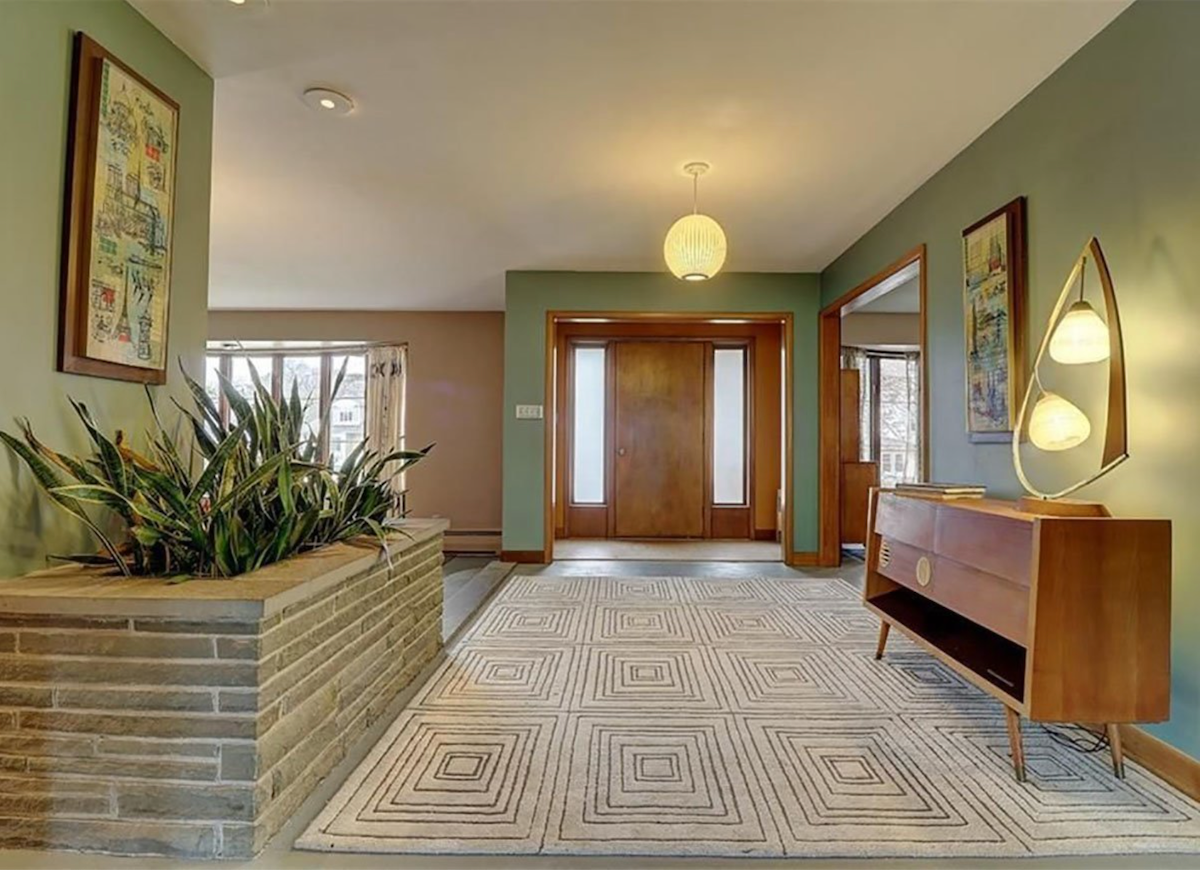
Every home can benefit from a little greenery. Designers of the 1960s embraced this idea by incorporating built-in planters into homes, making nature an essential part of the decor. While many homeowners remove these relics of the past as they renovate, if you’re lucky enough to own a midcentury home with original planters still intact, celebrate your good fortune by reinvigorating them with easy-care houseplants.
Built-in Tech
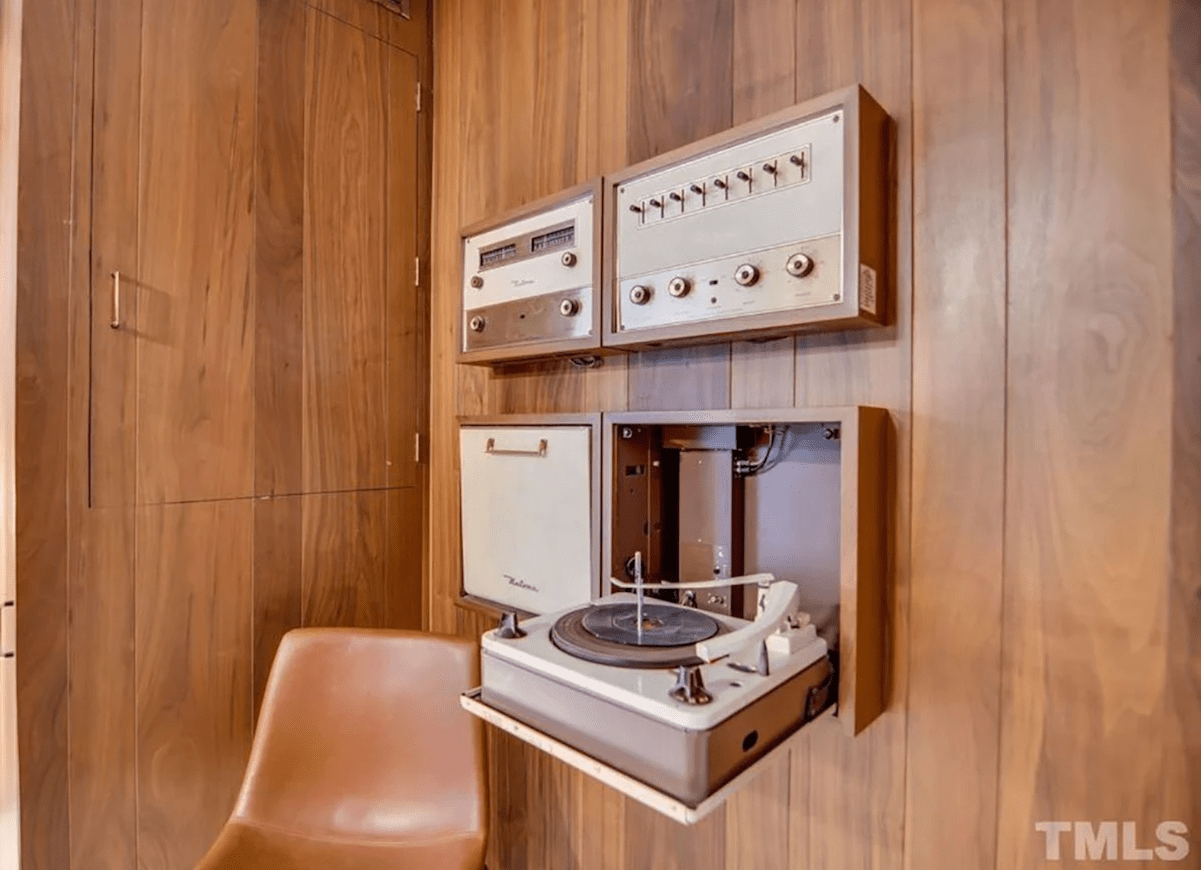
Humans love their technology. Though today we covet voice-activated smart gadgets that can answer our every whim, in the 1950s and ‘60s the “home of the future” included technological advancements like built-in record players and radios, perfect for swanky cocktail parties.
Related: 10 Vintage Decorating Ideas We Were Wrong to Abandon
Glass Block Dividers
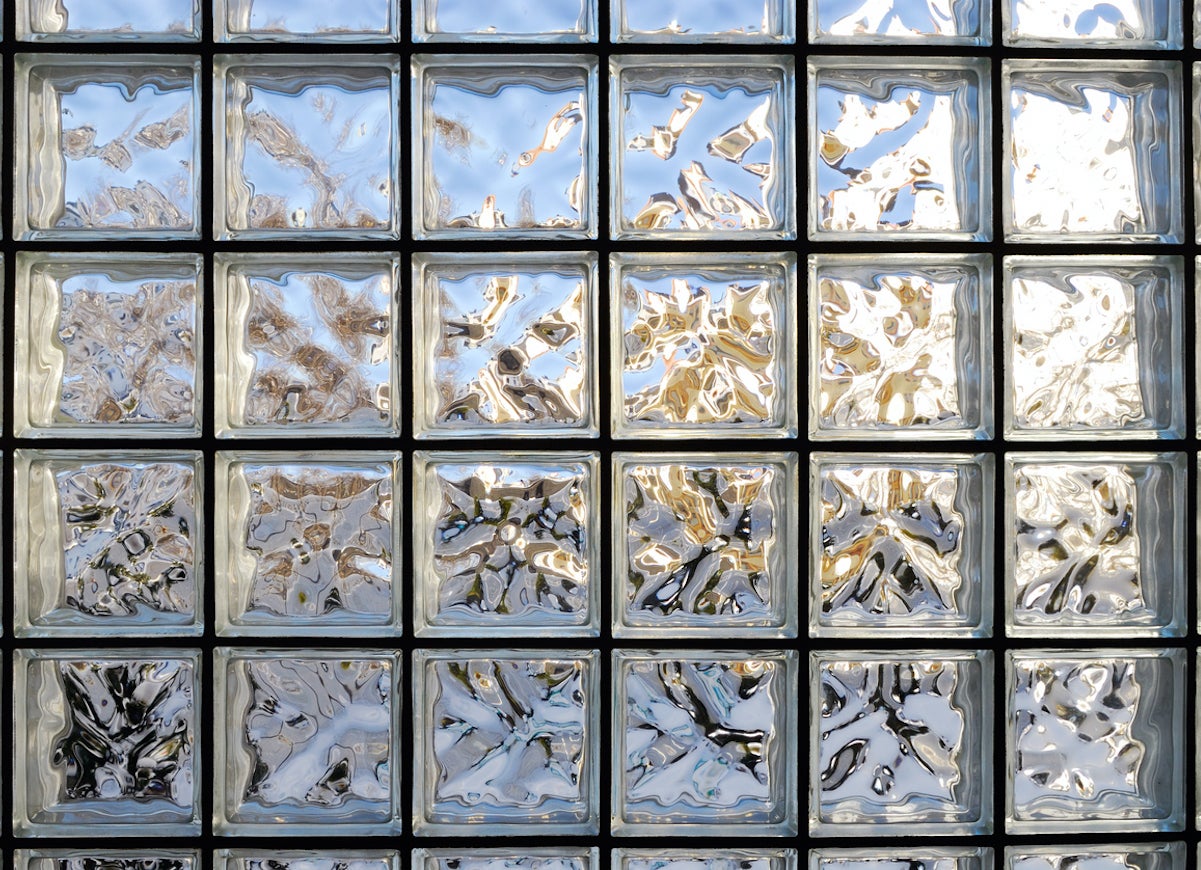
A common feature of Art Deco architecture, glass block enjoyed a resurgence in popularity in the 1980s, which is why the sight of a glass block dividing wall may conjure up memories of Madonna and Iran-Contra. But though much maligned in some circles, glass block has never quite gone away, thanks to the material’s affordability and easy installation. Glass block can be used to beautiful effect, so don’t expect it to disappear any time soon.
Carpeted Walls
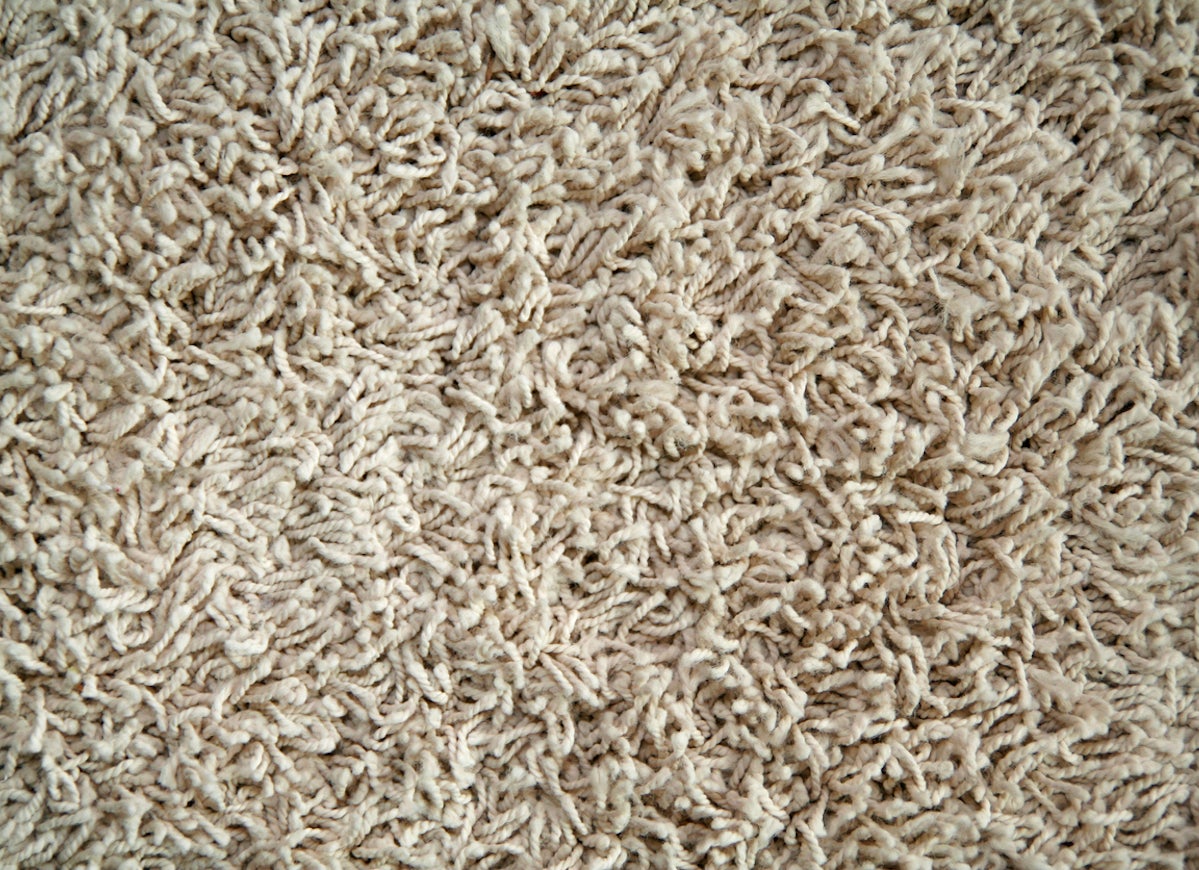
Carpeting never looked so—bad. The 1970s are known for outrageous home decor, including beanbag chairs, purple sofas, and avocado green kitchens. But the pièce de résistance of ‘70s style has got to be walls covered with shag carpeting. Whoever thought this was a good idea?
Floating Fireplaces
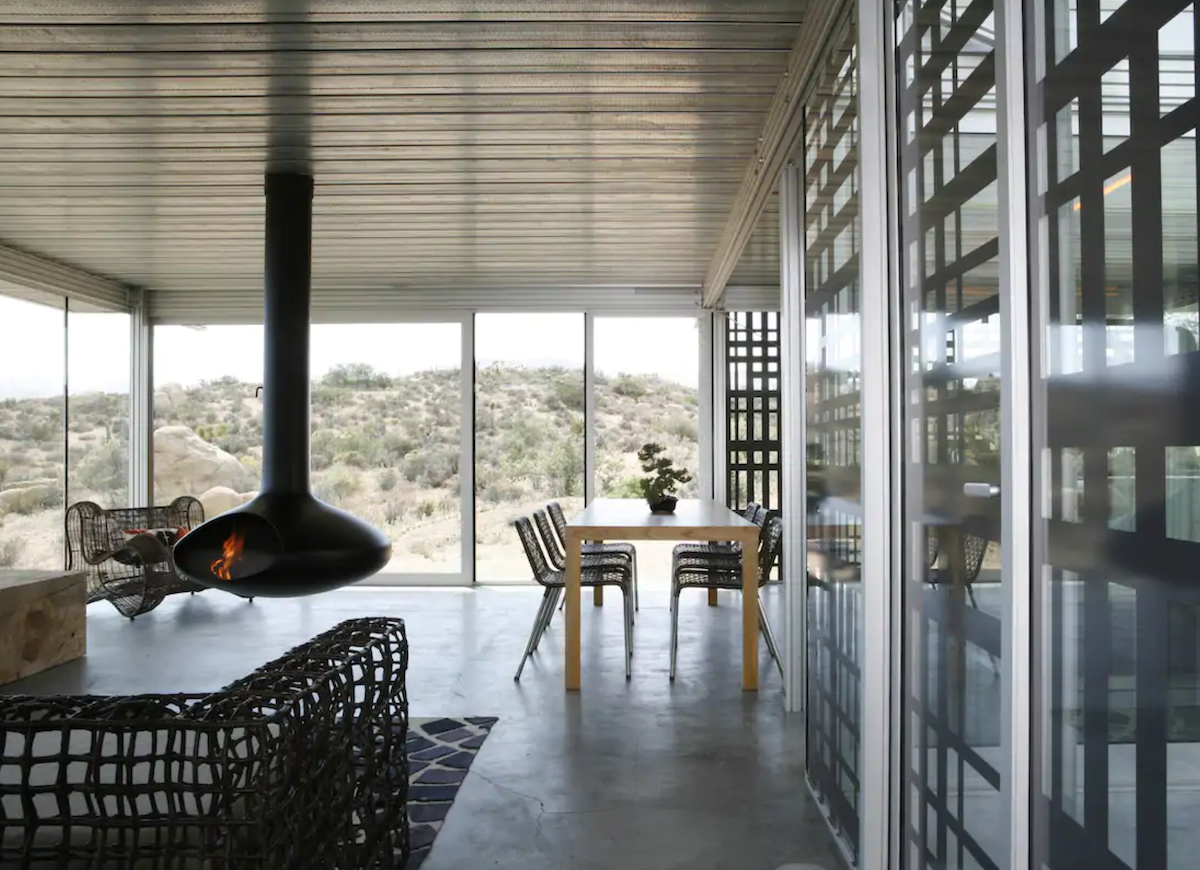
There’s something a little Space Age about floating fireplaces. They arose during the dawn of space flight (the 1950s and ‘60s), lending homes the sleek, futuristic feel of a spaceship or a submarine. Even today, a floating fireplace can be a fun and quirky addition to a home, especially with the surge in popularity of midcentury modern design.
Skirted Tables
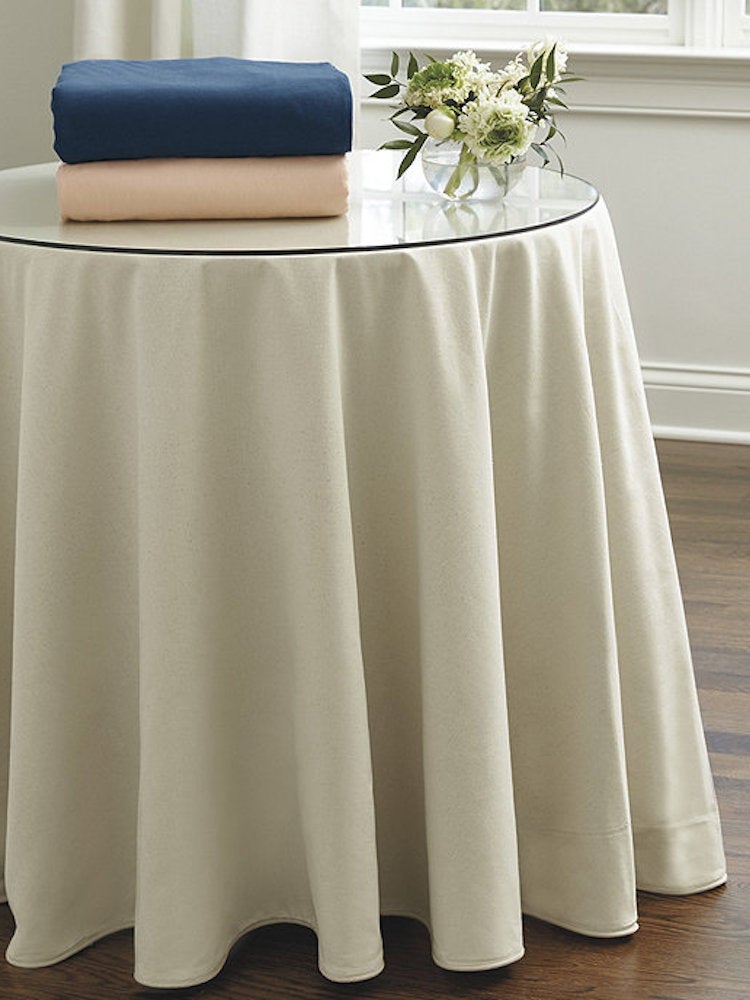
Froufrou design was part of the 1980s aesthetic, along with Laura Ashley florals and big shoulder pads. Skirted side tables epitomize this over-the-top luxe look, with hems decorated in fringe, ribbon, or rope trim.
Tie-Dye Furniture
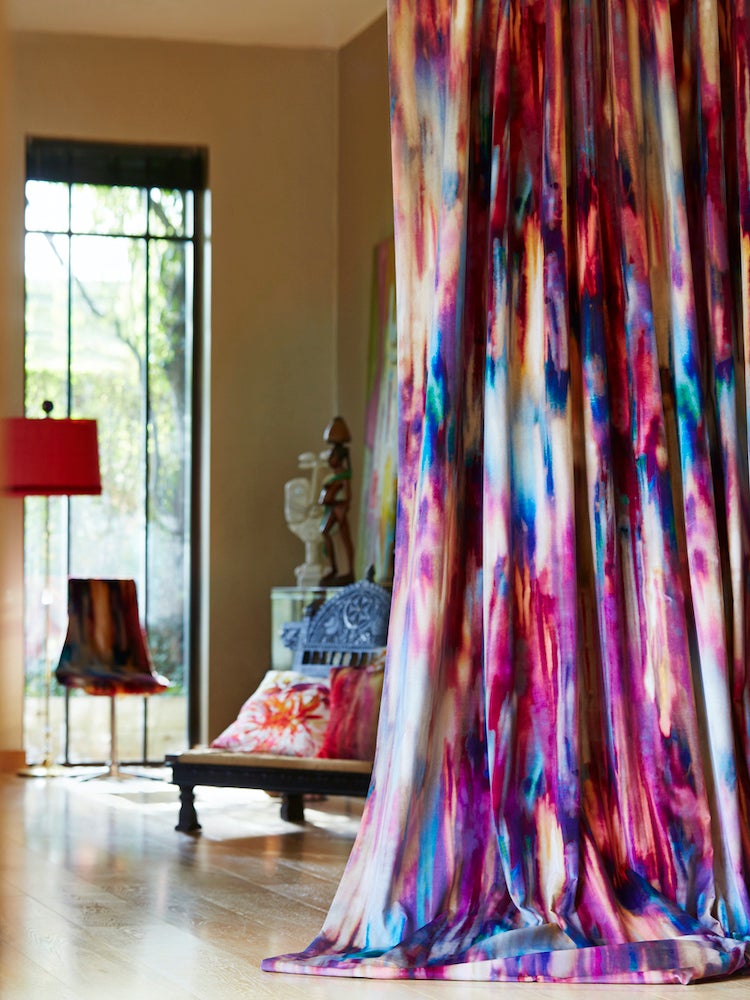
The late 1960s saw the rise of the hippie, and of course, tie-dye. But these swirly rainbow patterns weren’t confined to T-shirts. For the ultra-free-spirited, tie-dye furniture brought the culture of peace and love right into the living room. When the moment passed, that colorful furniture left the scene as quickly as it had arrived.
Throwback Trends
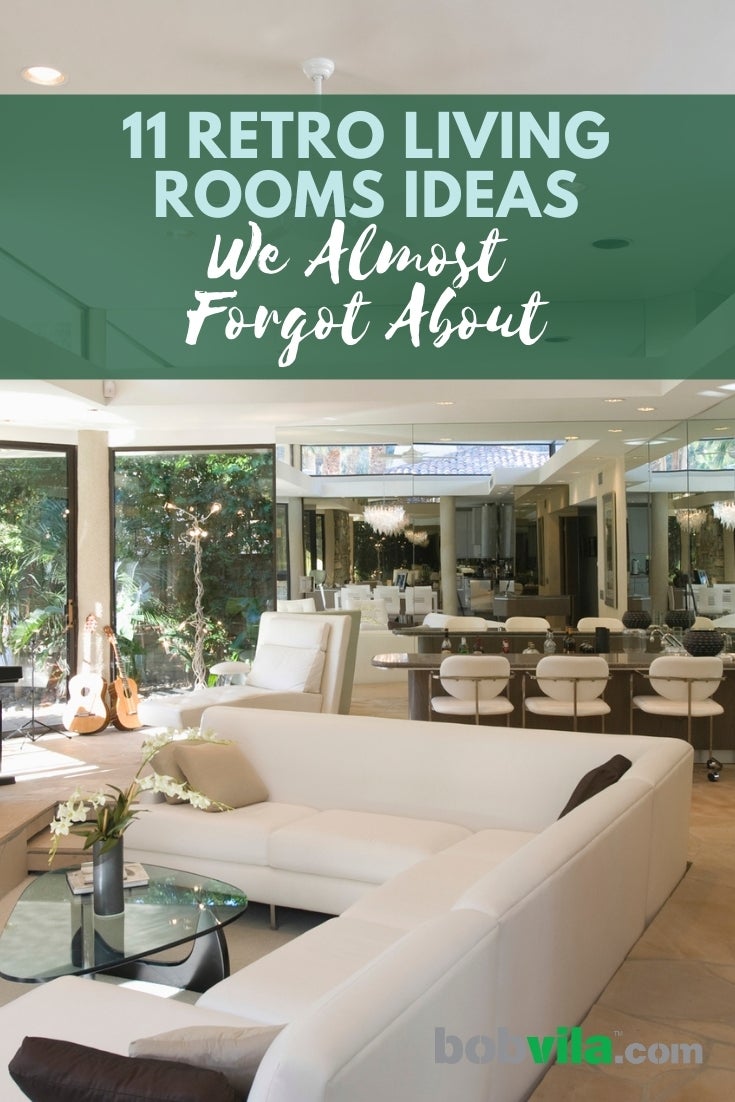
These home trends are a blast from the past. Would you consider them today?

All You Need to Care for Your Lawn & Garden
Keeping your grass green and your plants thriving doesn’t just take a green thumb—it starts with the right tools and supplies.